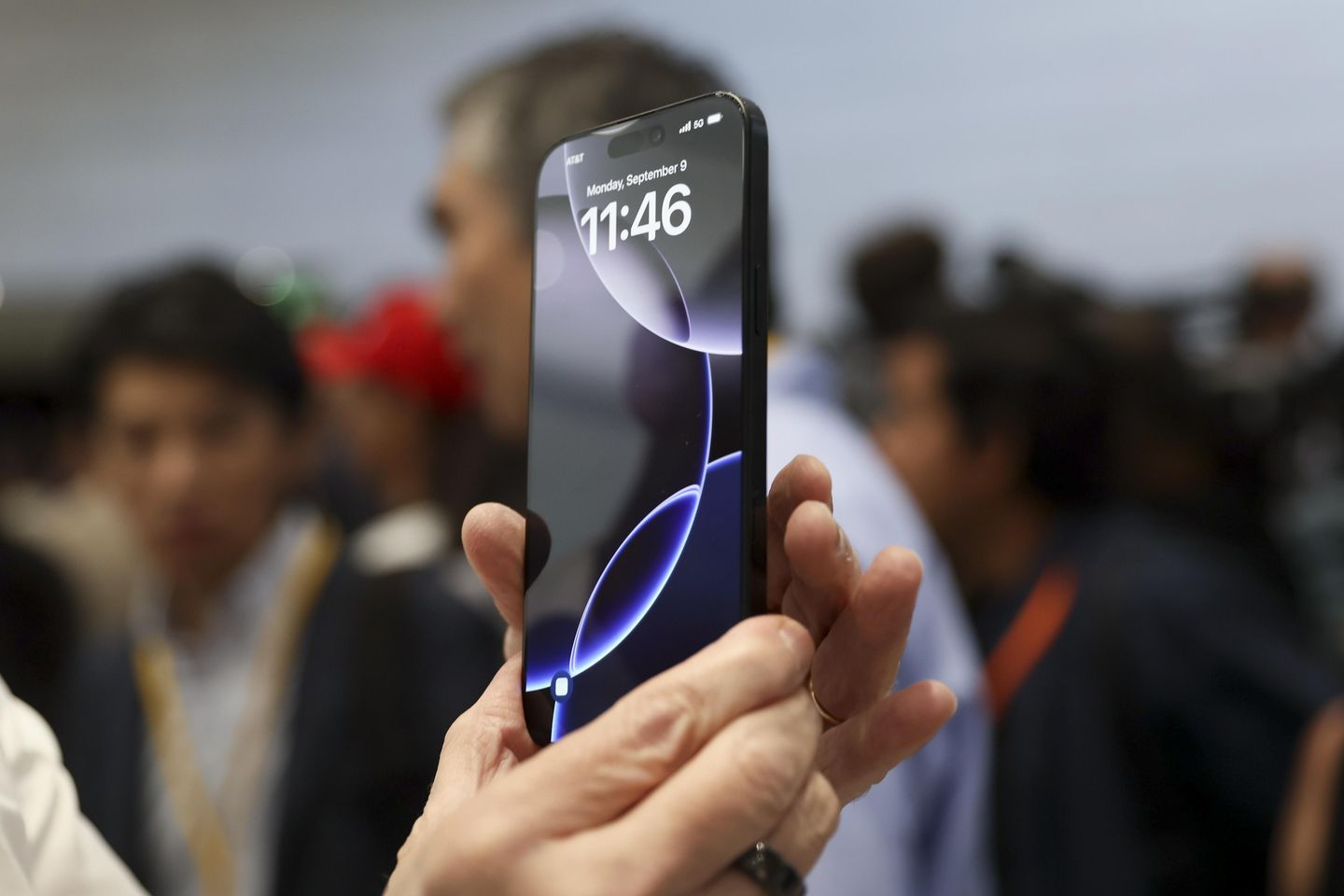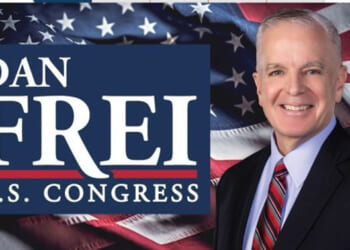
President Donald Trump is threatening to impose a 25% tariff on Apple iPhones manufactured outside the United States, escalating his trade war rhetoric and targeting one of America’s most iconic technology companies. Here’s what you need to know about this significant trade policy development:
The tariff threat
Trump targeting Apple’s overseas manufacturing:
- 25% levy proposed on iPhones made outside United States
- Policy aimed at forcing domestic production
- Threat includes other Apple products manufactured abroad
- Implementation timeline not specified by administration
- Company given opportunity to relocate production before tariffs
- Similar threats potentially extending to other tech companies
- Economic nationalism driving policy approach
The manufacturing reality
Apple’s global production presents complex challenges:
- Majority of iPhones currently assembled in China
- Supply chain involves multiple countries and components
- Domestic manufacturing capacity currently insufficient
- Retooling for U.S. production requiring years and billions
- Skilled workforce availability limited in United States
- Component suppliers mostly located in Asia
- Cost implications for consumers potentially substantial
The economic implications
Tariff would affect multiple stakeholders:
- iPhone prices potentially increasing by hundreds of dollars
- Consumer electronics market facing broader disruption
- Apple stock price already showing volatility
- Supply chain reorganization costs enormous
- Manufacturing jobs potentially created in United States
- International trade relationships further strained
- Technology sector facing new protectionist pressures
The industry response
Technology companies assessing implications:
- Apple declining immediate comment on tariff threat
- Competitor companies evaluating similar vulnerabilities
- Manufacturing partners considering U.S. expansion
- Industry associations mobilizing opposition
- Semiconductor companies particularly concerned
- Consumer electronics prices generally expected to rise
- Innovation funding potentially redirected to compliance
The political context
Tariff threat fits broader trade strategy:
- Campaign promises about manufacturing jobs being fulfilled
- America First agenda extending to technology sector
- Previous tariff successes cited as precedent
- Congressional Republicans generally supportive
- Trade war with China continuing to escalate
- Domestic manufacturing constituency being courted
- Electoral implications for manufacturing states
The consumer impact
Americans facing potential price increases:
- iPhones potentially becoming significantly more expensive
- Alternative smartphone options similarly affected
- Consumer behavior changes likely if prices rise
- Premium technology products particularly vulnerable
- Existing phone upgrade cycles potentially extended
- Secondary market for devices potentially expanding
- Consumer electronics budgets requiring adjustment
The international dimension
Tariff affecting global relationships:
- China viewing threat as continued economic warfare
- Other manufacturing countries assessing vulnerabilities
- Trade partners questioning U.S. reliability
- World Trade Organization rules potentially violated
- Retaliatory measures expected from affected countries
- Supply chain reshuffling accelerating globally
- Economic nationalism spreading to other nations
What happens next
Several key developments are anticipated:
- Apple potentially announcing U.S. manufacturing plans
- Implementation details and timeline clarification
- Congressional review of tariff authority
- Industry lobbying against implementation intensifying
- Consumer groups mobilizing opposition
- Stock market reactions continuing
- International trade negotiations potentially affected
Read more:
• Donald Trump threatens 25% levy on Apple iPhones made outside U.S.
This article is written with the assistance of generative artificial intelligence based solely on Washington Times original reporting and wire services. For more information, please read our AI policy or contact Ann Wog, Managing Editor for Digital, at awog@washingtontimes.com
The Washington Times AI Ethics Newsroom Committee can be reached at aispotlight@washingtontimes.com.












